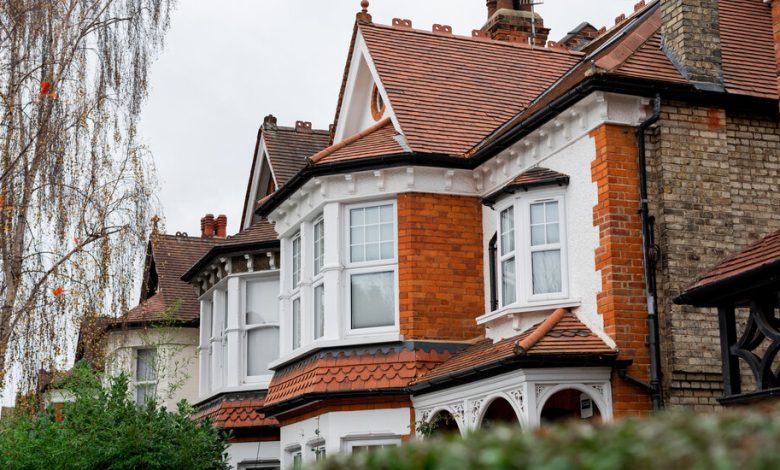Why Britain’s Mortgage Holders Are Being Squeezed

Every six weeks, at noon on Thursday, mortgage holders in Britain brace for more bad news. It’s the moment the latest Bank of England decision on interest rates is announced.
For a year and a half, the central bank has lifted interest rates at every meeting as policymakers have tried to stamp out high inflation. With each increase, millions of Britons prepare to put more of their money toward their monthly home loan payments and pull back on other spending.
A decade of low interest rates, followed by a rapid surge in rates, has upended budgets all over the country. Alarm is rising among the households affected, charities stretched thin and politicians heading into an election next year.
What is happening to U.K. mortgage rates?
Many people in Britain have mortgages with a rate that is fixed for only a short period, commonly two or five years, unlike U.S. mortgage rates, which are often fixed for 30 years. The average rate on two-year fixed-rate mortgages has risen to the highest level since 2008.
At the end of the fixed period, mortgage holders can shop around for different offers, usually choosing between a variable-rate mortgage — which can move up and down whenever the lender decides or with interest rates — or another fixed-rate loan. Many people are coming off rates below 2 percent and now face terms above 6 percent.
Who is affected?
In Britain, one of the most direct ways that higher interest rates affect people is through higher mortgage rates, but the impact varies greatly across the population.
Just over a third of households own their home outright, so will be insulated from rising mortgage rates. About the same proportion rent their homes, and many have already faced substantial rent increases. The rest — 28 percent of households — have a mortgage.
On average, households with mortgages will pay almost 280 pounds (about $365) more each month, if mortgage rates stay at their current levels, compared with March 2022 rates, according to the Institute for Fiscal Studies. The burden will fall harder on those younger than 40, the research organization said.
When will the impact hit?
To some extent, luck — or bad luck — will determine how painful the jump in mortgage rates will be for a household, because it will depend on when the fixed-term rate expires.
A decade-long shift among home buyers away from variable rates to fixed-rate mortgages means many people don’t feel higher interest rates immediately. But the longer rates remain elevated, the more people will need to sign on to higher fixed rates.
By the end of this year, about three million mortgage holders will experience an increase of up to £500 ($650) a month on their payments, the Bank of England estimates.
About 4.5 million households have already seen increases in payments since the Bank of England started raising interest rates in December 2021, the bank said, and another four million will be affected by higher rates by the end of 2026. But the central bank estimates the financial burden will still be lower than it was during the 2008 financial crisis.
“It’s a tough situation that’s facing individual households who are having to refinance,” said David Muir, a senior economist at Moody’s Analytics. “They are facing, in some cases, very sharp increases in payments because of the extent of which interest rates have risen compared to where they initially fixed.”
That’s going to reduce their ability to spend and weigh on the country’s economic growth, Mr. Muir added. But Britain’s households are less indebted than they were during the financial crisis, so there are lower risks of repossessions and lenders are better able to help, he said.





